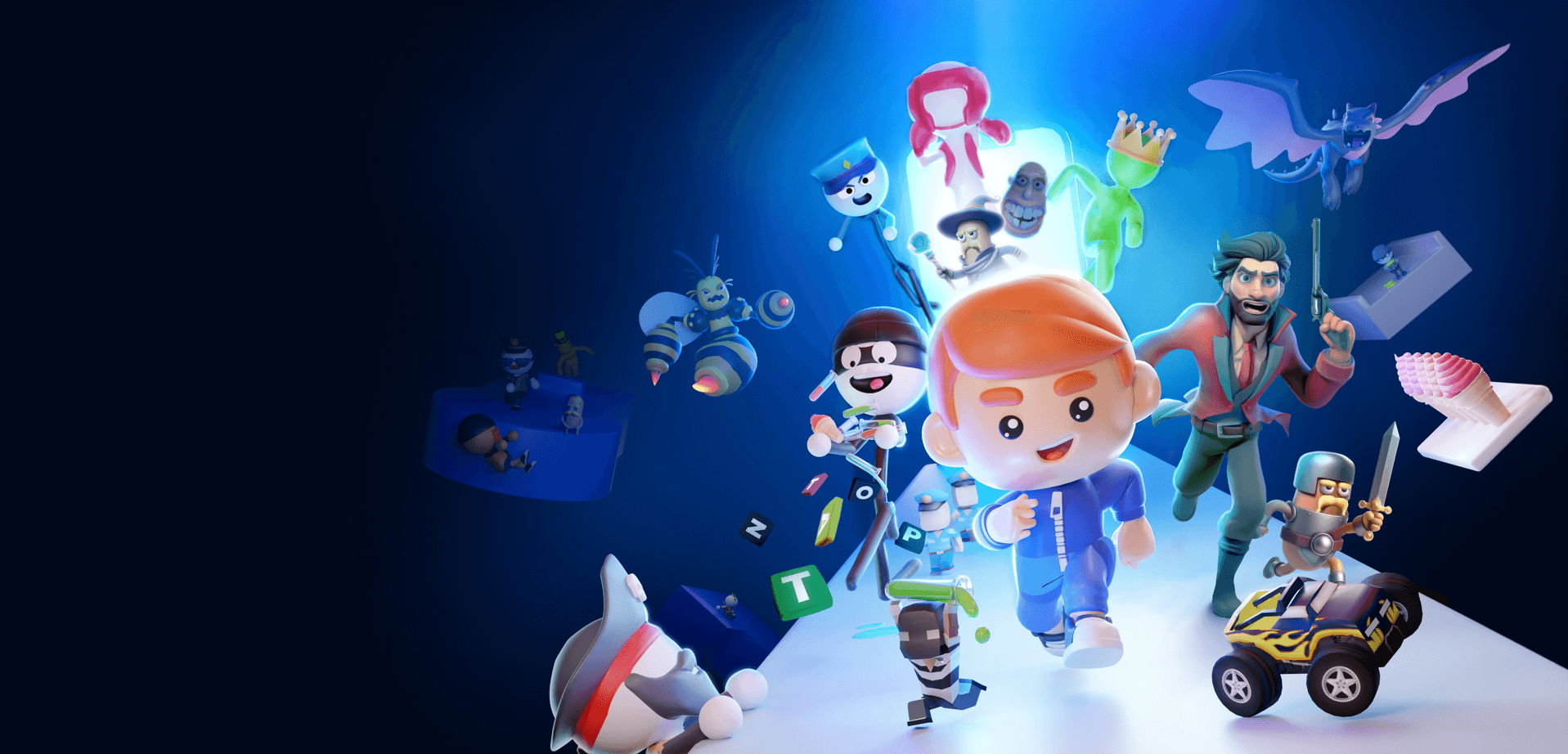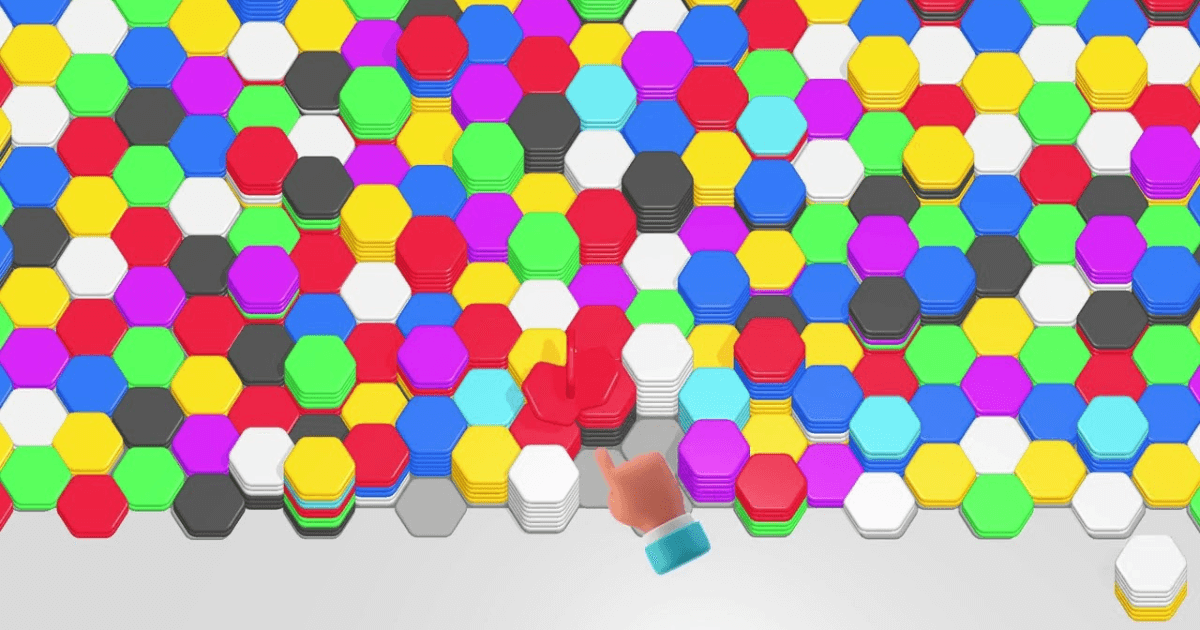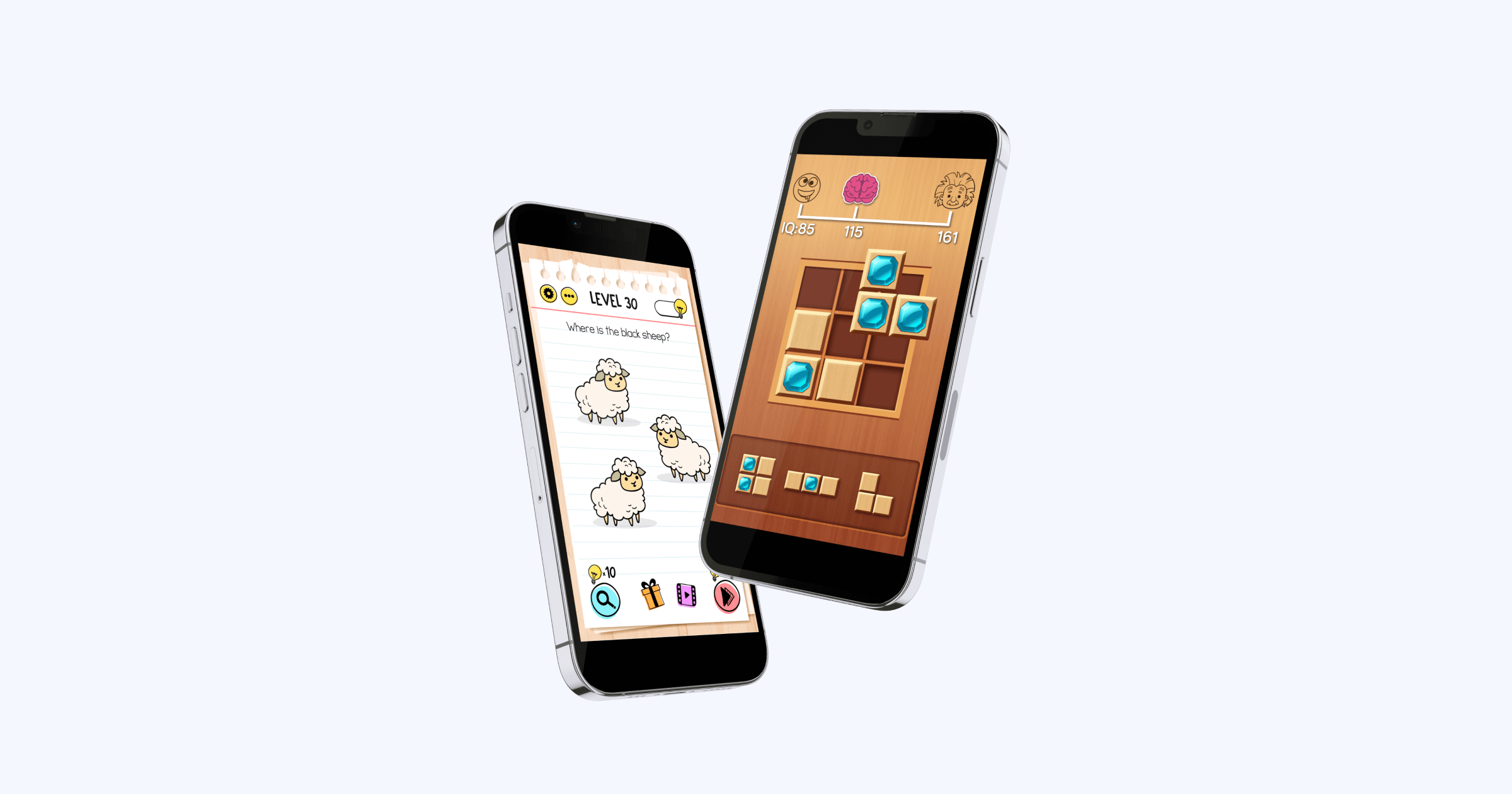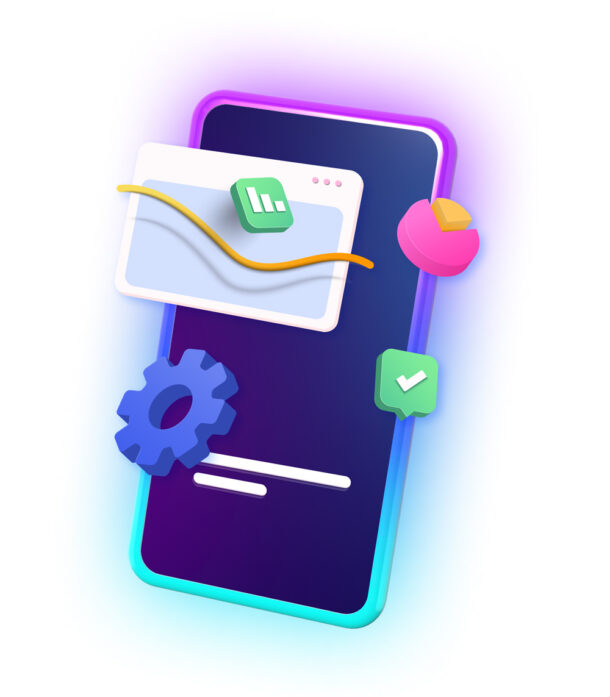Today, developing a successful hyper-casual game is more difficult than ever before.
The market is extremely saturated, CPIs are all-time high and developers are burning out.
So, what can you do to increase your odds of success?
There is one key aspect that could make all the difference — your prototyping process.
In this article, we’ll share some essential tips for building great hyper-casual prototypes, straight from the playbook of experienced developers.
Tip #1: Understand How Prototyping Works
Hyper-casual prototypes are early versions of games built for initial market testing. They tell you if your game ideas have market potential and if they are worth your time and resources.
The harsh truth is — most prototypes fail.
But that’s not something to despair about.
As a developer, your goal should be to minimize the risk of failure by sticking to tried and tested best practices.
A great hyper-casual prototype should be more than just a functional demo. The moment players launch it, it should captivate them with an intuitive and satisfying gameplay experience.
If players like your prototype, this will reflect in a low CPI, showing it has market potential.
This is your signal to continue working on the prototype — refine it, add more content, and focus on other important metrics (CTR, day 1 retention). These numbers will show how profitable the game could be and how long players will be interested in it.
Based on these test results, you’ll have a clear idea of whether to move on and focus on the next prototype or dedicate more time to it.
Tip #2: Do Proper Market Research
Some hyper-casual devs suggest starting prototyping by picking out a subgenre first and then coming up with ideas. Others say it’s better to start with an idea and fit it into a subgenre.
The truth is — it doesn’t matter where you start.
The important thing here is to make sure the idea and the chosen subgenre fit into the current market. You can analyze this by observing the hyper-casual top charts. For example, some subgenres that are currently dominating the hyper-casual charts are runners, arcade idle, drawing, and .io games.
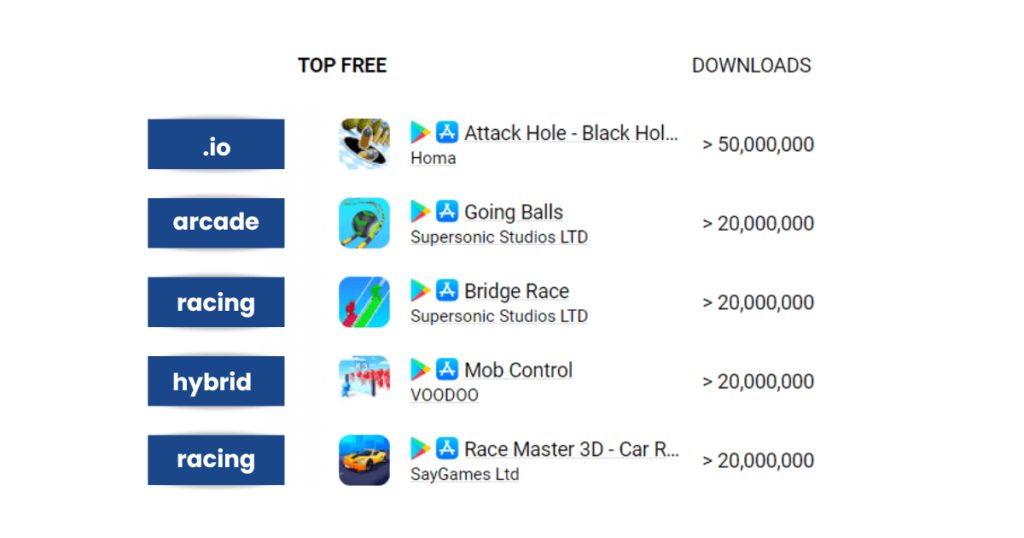
When it comes to ideas, it’s not necessary to follow trends, but doing so can certainly increase your chance of success. For example, you can look for inspiration in viral TikTok videos, popular Netflix shows, and other cultural phenomena.
Tip #3: Build Core Mechanics & Controls First
Congratulations! You’ve selected your subgenre and generated ideas — now it’s time to bring your vision to life by developing your hyper-casual prototypes.
In this phase, it’s important to be quick and focus on the important things. To achieve this, experienced developers prioritize the following:
- Core mechanics & gameplay
- Polishing controls
Everything else is less important.
These factors have the power to make or break a game, so they need to be your number one priority. In this stage, a lot of developers make the same mistake — they get carried away with details. For example, storylines and monetization features.
Don’t fall into this common pitfall.
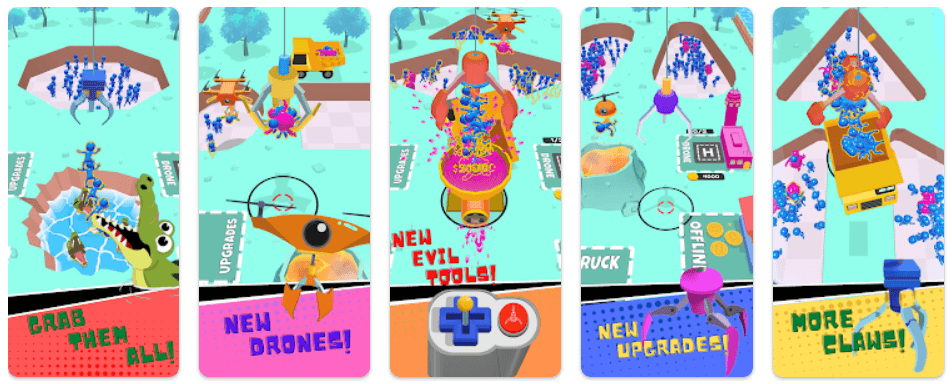
To get an inside scoop on this, we asked David Vignoni, CEO of Midnite Games how they approach building prototypes at the studio:
“We create prototypes with quite polished controls and art style. However, we don’t create a lot of content for the first test. We keep it to the core and make sure we can build it in seven business days. Next, we publish it in the store to get the real install metrics like CPI, the number of installs, etc.”
Tip #4: Make Goals Clear ASAP
Just like the players should understand the game’s rules in a few seconds, they should also immediately understand what its main goal is.
Let’s say the goal of a runner game is to reach the finish line before time runs out. To make this clear, developers can highlight the finish line and add a countdown timer.
This may seem like common sense, but you may be surprised by how many developers overlook this and confuse players. Don’t make the same mistake — make sure your goals are clear and easily understandable from the get-go.
Tip #5: Make Smart Design Choices
While mechanics, controls, and goals are the top priorities in prototype building, this doesn’t mean you should neglect the visual aspect.
After all, visuals are the first thing players (and potential publishers) will notice about your hyper-casual prototypes.
They don’t need to be spectacular, but they should be visually appealing. To achieve this, we recommend following these best practices:
- Use vibrant colors
- Start minimalistic
- Highlight characters through contrast
- Use satisfying animations, but don’t overdo it
- Take inspiration from popular games
Tip #6: Don’t Build Too Many Levels
Imagine you’re building a house.
Would you add floors before you make sure the foundation is strong enough?
The same logic applies to building hyper-casual prototypes. Start the process by building a foundation of just 3–5 levels. Then, reuse these levels to create an infinite gameplay loop.
Until you get the test results, avoid investing too much time into it.
Once this foundation yields promising CPI results, you can start building on it by adding more levels and additional content. During this stage, you should also start focusing on other metrics like playtime and retention.
Tip #7 Speed Things up
On average, skilled hyper-casual developers test 15 games for each one they publish (Coda). As you may assume, this can be quite time-consuming.
Luckily, we know some tricks that can help you save time.
For example, you can speed up your prototyping process by building your own templates for each subgenre.
If you are focused on a certain subgenre, there will be some game features you can reuse for future prototypes. For example, assets like power-ups and collectibles or UI features like buttons and progress bars.
Let’s say you wish to build a promising runner game.
To achieve this, you’ll probably need to build tens of prototypes. But you don’t have to start from scratch each time. By using the templates from your earlier prototypes and making minor changes, you can speed up the process and test out new ideas more quickly.
Bonus Tip: Work with a Reasonable Publisher
If you’re considering working with a publisher, note this.
Publishers usually have strict metrics they want hyper-casual prototypes to meet.
For example, after the prototype passes the initial CPI test, publishers will then track more metrics that must meet certain benchmarks. According to GameAnalytics, the rough benchmarks to achieve in this phase are a $0.50 CPI, 35% D1 retention, and 8% D7 retention.
If the game doesn’t fit just one of their criteria, most publishers will abandon it.
Others, more reasonable ones, will consider other factors as well.
Ciao Games, MAF’s publishing branch, offers your games a greater chance of getting published.
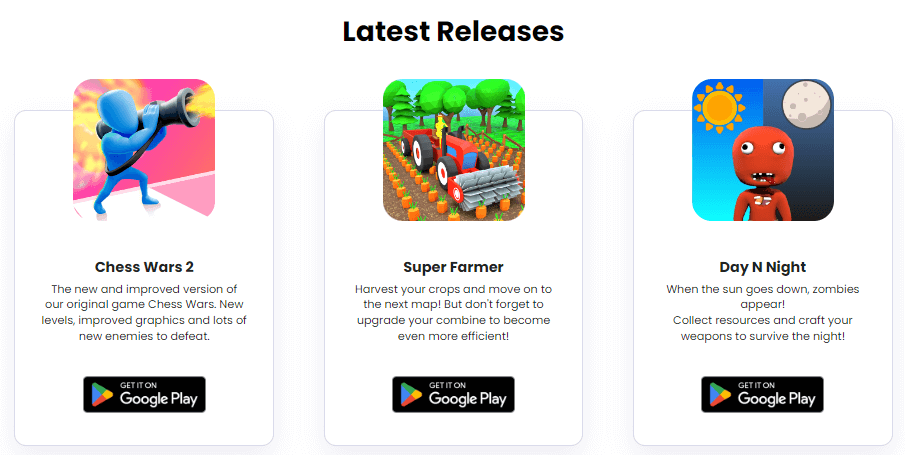
While we put strong faith into numbers, we always try to look at the broader picture. There are countless examples of games that didn’t reach some initial KPIs but are now sitting at the top charts. If we believe in a game’s potential, we’re committed to working with developers to help make it a success.
If you want to find out more about how things work at Ciao Games, don’t hesitate to reach out!


